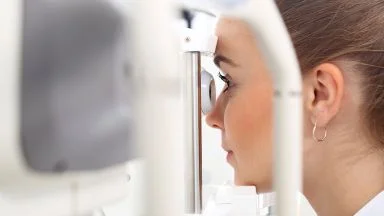L’anello che guarisce la miopia
MYORING
Oggi possiamo trattare la miopia anche con una nuova metodica mini- invasiva ed anche in cornee sottili.
La novita' e' il MYORING un anello gia' utilizzato con successo per il cheratocono.
Dapprima si crea una tasca con il laser a femtosecondi, poi a seconda dell'entita' del vizio refrattivo miopico, si sceglie l'anello dello spessore giusto e si impianta in pochi minuti.
La manova e' assolutamente indolore , viene eseguita una anestesia topica con il solo collirio.
Inserendo il MYORING la cornea viene rimodellata ed assume una forma piu' regolare migliorando o annullando del tutto il vizio refrattivo miopico.
I vantaggi del MYORING
- reversibilità
- veloce recupero visivo
- assenza di dolore
- guarigione immediata
Luigi Marino MD PhD
Il MYORING è un anello di materiale perfettamente biocompatibile, ulteriori informazioni su
http://www.dioptex.com/products/myoring-corneal-implant/
video Myoring nel trattamento del cheratocono
video NOVITA' il Myoring nel trattamento della Miopia
